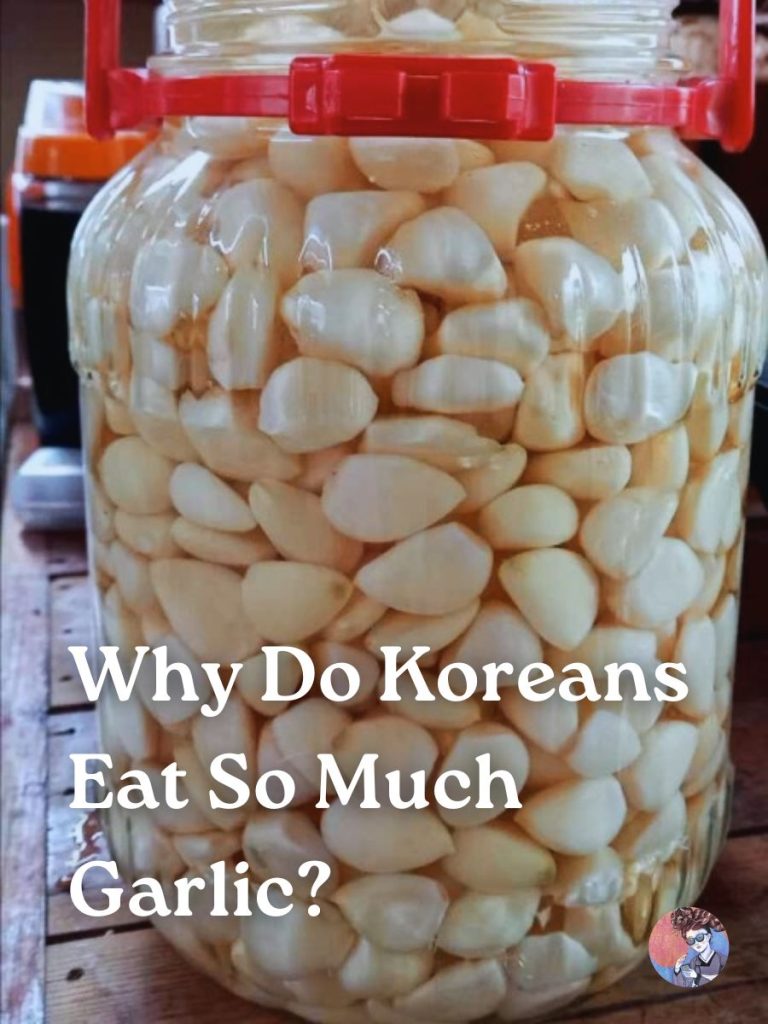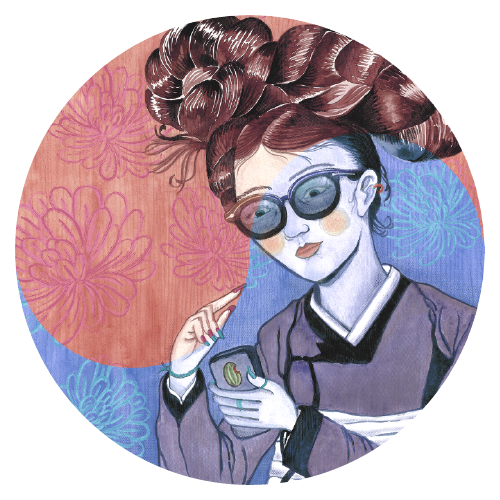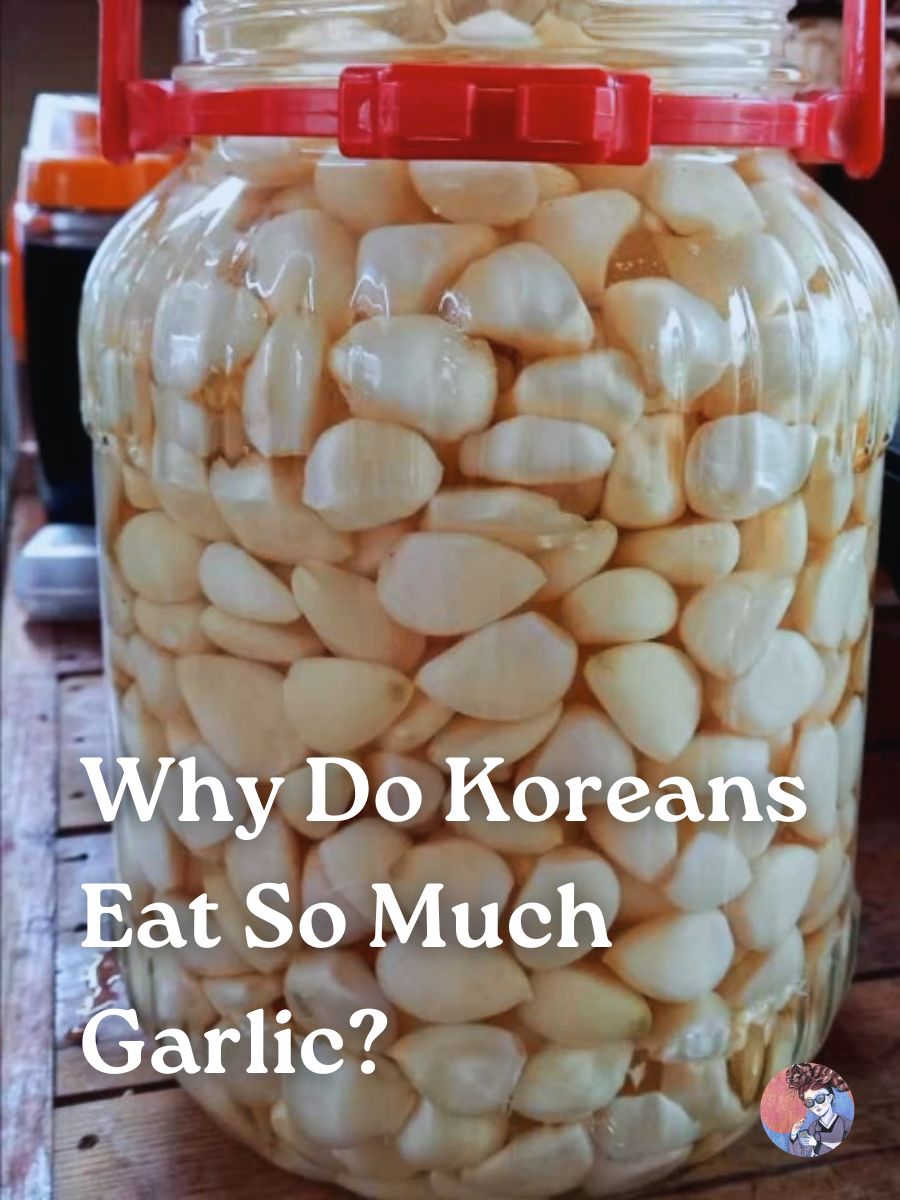
Koreans put garlic in everything from soups and stews to side dishes and marinades.
But why do Koreans eat so much of it?
Here’s why!
Quick Summary
- Koreans eat garlic raw, roasted, pickled, or fermented. They use it whole, sliced, and minced. Pretty much every way possible!
- Koreans have been eating so much garlic according to their foundation myth.
- Koreans love garlic because it has a bold, aromatic flavor while adding depth to dishes.
- We also eat black garlic (aged garlic) and raw garlic to be healthy!
According to Garlic Consumption by Country 2024 by World Population Review, South Korea ranked second, with a per capita consumption of 13.66 pounds (6.2 kg) of garlic.
(I’m actually surprised and a little disappointed that we weren’t ranked first!)
1. Garlic in Korean Foundation Myth
Garlic has been used in Korea for centuries, dating back to ancient times.
According to Korean mythology, garlic even plays a role in the country’s founding story.
Dangun is the legendary founder of Gojoseon, the first Korean kingdom established in 2333 BC.
According to myth, Dangun was born from the union of a god and a she-bear (Ungnyeo).
And how did a bear transform into a woman? Because she ate only garlic and mugwort in a cave for 100 days!
Check out the full story in this book!
2. Garlic for Flavor
Garlic is widely loved for its bold, aromatic flavor.
In Korean cuisine, it’s used to season almost every dish, from kimchi and bulgogi to jjigae (stews) and namul (vegetable side dishes).
Koreans mince garlic and add it to marinades, stir-fries, soups, and dipping sauces to enhance the taste of meats, vegetables, and broths.
The depth of flavor that garlic adds is irreplaceable, making it a cornerstone of Korean cooking.
3. Garlic for Health Benefits
Koreans also love garlic for its health benefits.
It’s known to boost the immune system, improve heart health, and have anti-inflammatory properties.
In a country where maintaining health through diet is highly valued, Koreans eat black garlic (a type of aged garlic) and raw garlic to be healthy!
Koreans believe that garlic has antibacterial, anticancer, antimicrobial, anemia-relieving, and low blood pressure-improving effects.
4. Garlic for Fermentation
Koreans consume a significant amount of fermented foods, and garlic is often a key ingredient in the fermentation process.
For example, garlic is an essential component of kimchi, the famous Korean fermented cabbage dish.
During fermentation, garlic develops a more complex flavor that deepens the taste of the final product.
This fermented garlic has additional health benefits, such as promoting gut health and adding probiotics.
5. Garlic for Fun Social Settings
Garlic isn’t just a kitchen staple. It’s also a part of Korean social gatherings.
At Korean BBQ restaurants, for example, garlic is grilled alongside meat and enjoyed with dipping sauces.
It’s also common to see garlic served raw or pickled as an accompaniment to soju, Korea’s favorite liquor.
These social settings offer another reason why garlic consumption is so high, as it pairs well with the communal, shareable nature of Korean dining.
Conclusion
Whether for taste or tradition, Koreans’ love for garlic shows no signs of fading.
So next time you eat a Korean meal, enjoy the depth and character it adds to every bite!

